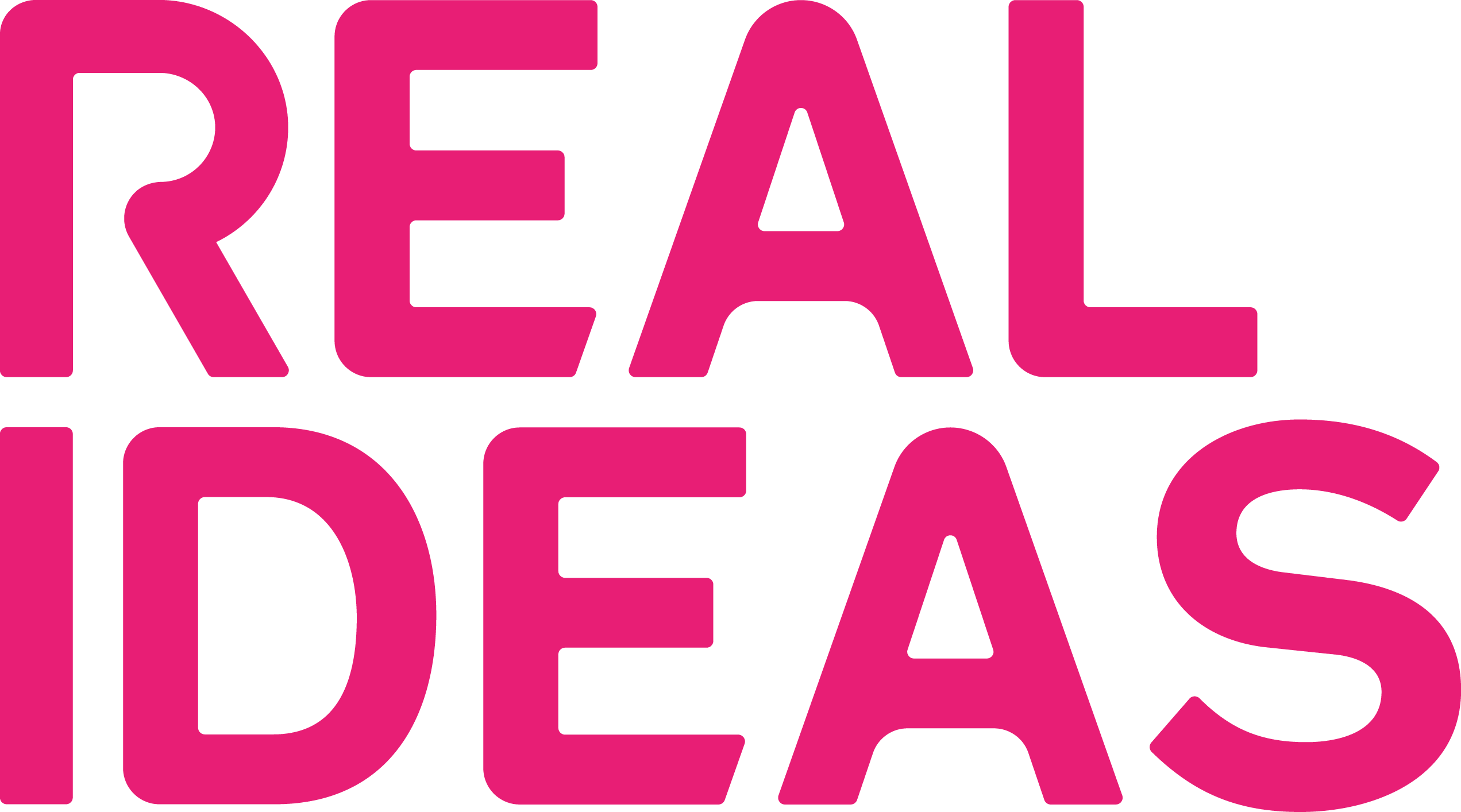Recently, I had the opportunity to sit in on a Business Webinar hosted by Real Ideas Consultant Andy Stuart and his guest speakers: Olly Harrison from Sandler Training, Raffael Fernades from Flow State and Jenny Bishop the Head of Marketing and Communications at Real Ideas. The panel discussion threw around keywords and experiences and knowledge that I do believe has benefited me moving forwards with my own potential business ideas.
The bottom line is: Sales. In every concept of the word – how you approach a sale, how you sell and what you’re selling. In general, there is a level of stigma attached to the word ‘Sales’. To the extent that I do not doubt, every person could recall a negative purchase experience. An experience tainted by the Salespersons own personal agenda. A few words pop to mind: “sleazy”, “pushy” and “commission”. When the desire to make money and reach targets and hit those numbers overthrows the strategy one must refine in order to achieve those goals. It is a process, a service offered to provide for and identify customer needs. Above all, it is the customer’s choice. So how can I make sure I’m the right choice?
“It costs more to catch a customer than keep a customer”
A customer-centric business is an approach which utilises the customer as the sole focus to all factors considered within sales. It demands people skills which in turn helps form long-lasting relationships thus improving the value in what it is you have to offer. It is a key role played within the philosophy of a business. A product-centric business however is one to juxtapose that ethos. It focuses on the long term goals within a business and the fastest route there, which isn’t necessarily the most ethical with regards to your customer. Profit and growth and an eagerness to achieve are essential. The customer is more so.
“It’s a marriage, not a one night stand”
Like running a race, one does not simply leap from start to finish. Step by step, one foot in front of the other. How fast you cross that line depends entirely on how much work you put in.
Throughout the duration of the Webinar, there was the option for viewers to ask questions, one being: “What is the USP?”
“The approach you take to serving your prospects”
We are at a point in the world where opportunities for innovation are bleak and it’s becoming increasingly difficult to come up with new ideas. Did they really need to remake the classic Disney movies? The new ‘new’ is upcycling. It’s not what you sell it, it’s how you sell it. It’s not what it’s worth, it’s what people are willing to pay for a helpful service that fulfils a need that maybe the customer hasn’t yet identified. I could recite The Lion King off by heart and was horrified by the thought of a remake, of course, I went to see it.
Your vibe attracts your tribe
How a situation is tackled determines how it will go on. This can’t be applied to each and every, however, due to the dreaded word no. A fear of hearing, a fear of saying. This is why the ‘vibe’ expressed is so important, a comfortable environment encourages comfort in turn, where honesty isn’t a reprimand nor a challenge but something valued by the means to go on. As an artist, the focus of a piece is the what. Marks made, layered and accumulated within the one zone. But a greater perspective is gained through the use of negative spaces. Spending equal time and concentration on both the what and the blanks. A no from a customer isn’t a blank nor is it a negative, it provides insight into the other side of the spectrum which leads to a better overall view of the piece you’re trying to create. There is no trial without error and the best part of growth comes from the knowledge gained through downfalls thus a greater value instilled and a better understanding of your market.
“The more NO’s you get the more YES’s you get”
Normalise the word No – say it, hear it, respect it and the value behind it. Within a business, No can also correlate with timing, where situationally a product doesn’t suit but somewhere down the line it could be a perfect fit. Maintain relationships with potential prospects, respect their opinions and in turn, they will respect your timeline.
“Customers help you develop your offerings further”
Customer. Customer. Customer. Like simple repetition, one would think it’s easy to remember but so easily is the focus lost. Human beings are the heart of sales just like human beings are the heart of sales. A lot of challenges can find your door but consistency is the key. Consistency in attitude, consistency in behaviour, consistency in technique. As a human being, bad days are inevitable. A strained mental state to a lack of motivation and so a lack of belief in the service you’re attempting to provide. Maintaining consistency starts at home. Activities and diet, organisation and mindset and morale. A strategy can’t be refined if you’re not in the game. Keeping it simple and starting small is the foundation to success in all its forms.
When you hook your customers and reel them in, the bait they’ve gone for isn’t a worm on a line, it is a little piece of you. Something worked, an interest was spiked and now they want to know more. Building on this, adapting and innovating with your customers can help create an extremely powerful but cheap form of advertising: advocating. It’s easier to spout negativity than positivity, yes, but enthusiasm is contagious – even more so, a smile. There’s the bait, but only the real ones allow a glimpse into the soul.
